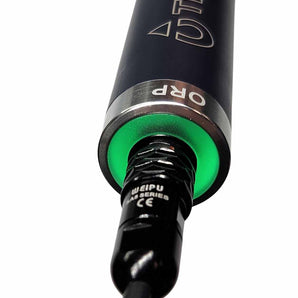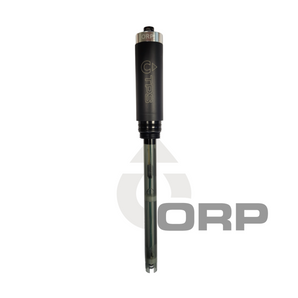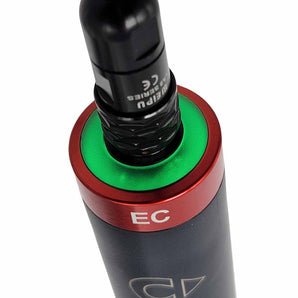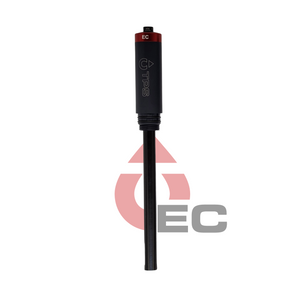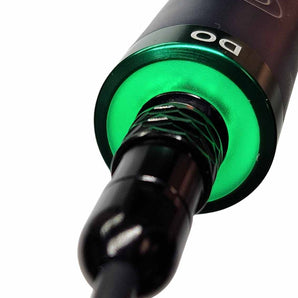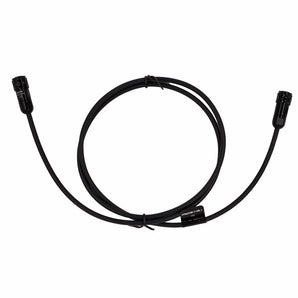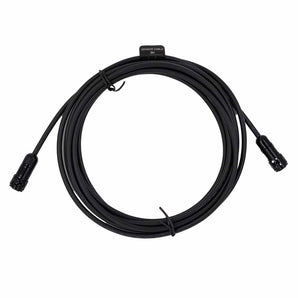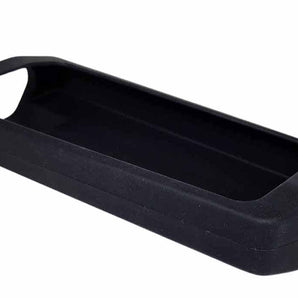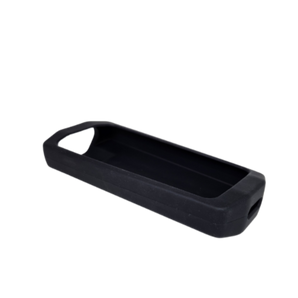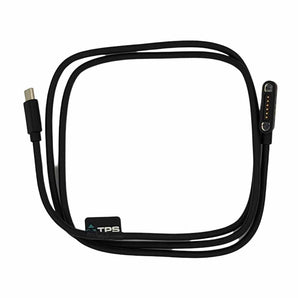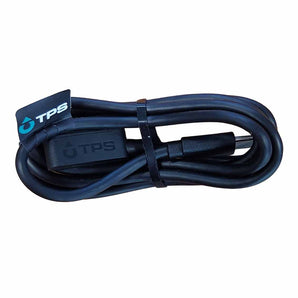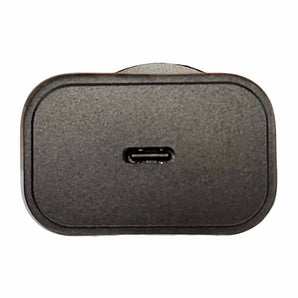When trying to choose which conductivity (EC) probe is best for you and your work tasks, it's easy to draw a blank when it comes to k-Values.
While we could happily talk your ear off all day long with the nitty gritty technical details, today we're keeping it simple with this real-world guide on how to select which k-Value is the best fit for your EC probe.
What Even Is A K-Value?
Simply put, 'k' compensates for your sensor’s shape.
It’s the distance between electrodes, divided by their area.
Electrodes are the parallel plates in a 2-cell probe, or concentric rings in a 4-cell probe that are used to send an electrical current through the solution.
Your meter measures conductance (how easily electricity flows), and then multiplies by k to deliver conductivity in standard units (µS/cm or mS/cm).
Get it wrong and your values could be misleading, even if they look precise at first glance.

0.1 vs 1.0 vs 10.0: What the Numbers Mean
- k=0.1 keeps readings accurate for ultra-pure, barely conductive water.
- k=1.0 is the workhorse. It is versatile and commonly used.
- k=10.0 is for highly conductive or saline liquids where a lower k would max out.

Estimating Conductivity and Making the Right Choice
Step 1: Identify your sample
Is the sample water-based, a chemical solution, or a soil extract? Does it contain salts, organics, or industrial chemicals?
Different materials have vastly different baseline conductivities.
Step 2: Look up typical EC ranges
Look up typical conductivity ranges that match your sample type. Use published typical conductivity ranges as a guide.
Here are some examples:
- Distilled water: ~0.5–3 µS/cm
- River water: ~50–1,500 µS/cm
- Industrial: up to 10 mS/cm
- Seawater: ~50 mS/cm
Bonus Tip: If you happen to have a Total Dissolved Solids (TDS) reading on hand, it's possible to convert it to EC using a factor.
If you know the conversion factor of the type of sample you're measuring (typically between 0.5 - 0.7), then you can use that factor to estimate EC.
- Example (for seawater with a conversion factor of 0.5):
TDS 500 ppm * 0.5 = ~250 µS/cm.
Step 3: Match the range to k
Pick the k-Value matching your estimated range. Try to make a selection where your expected conductivity lands in the sensor’s sweet spot.
Here are three examples:
- k=0.1 has an ideal conductivity range of ~0–200 µS/cm (ultra-low). You should use it for ultra-pure water, lab systems, pharmaceuticals.
- k=1.0 has an ideal conductivity range of ~10 µS/cm to a few mS/cm. You should use it for general environmental and industrial water.
- k=10.0 has an ideal conductivity range of >10 mS/cm (up to ~200 mS/cm). You should use it for seawater, brine, strong industrial effluent.
Step 4: Calibrate and Verify
Calibrate your probe using a standard solution with known conductivity in the sensor's range. This is particularly important in the lower ranges (< 100 µS/cm), where contamination (e.g., CO₂) can skew results. Account for temperature, since conductivity rises ~2–3% with each °C increase. It's worth checking if your sensor has automatic temperature compensation onboard.
Why Choosing Correctly Really Matters
- Too high k for a low-conductivity solution?
Your reading will edge toward zero - poor sensitivity.
- Too low k for a high-conductivity sample?
Your meter may saturate or underestimate.
In either case, your data is off - and in applications like water quality control, manufacturing, or pharmaceuticals, that can be critical.
Hope this demystifies the mysterious 'k'! TPS manufactures a wide range of EC sensors - including all of the k-Values mentioned above.
If you need extra assistance in selecting your TPS EC sensor, or would like some advice on which meter to choose, feel free to reach out to our team at sales@tps.com.au.
Read more articles
Browse our latest news and articles below.
Why is my pH Reading Slow to Stabilise? 10 Common Causes and How to Fix Them
Slow or unstable pH readings? Explore key causes like hydration, fouling, low ionic strength, temperature effects and more, with practical...
Which k-Value Should I Choose for my Conductivity Sensor?
K-Values can be confusing. Learn how to choose the best conductivity (EC) sensor k-Value for your water quality sample type...
TPS Teams Up with UniSC to Elevate Water Quality Research
At TPS, we’re always looking for ways to push the boundaries of water quality monitoring, so we’re excited to share...
Get All The Updates
Subscribe to our newsletter to receive monthly updates on all things TPS and the water industry.

